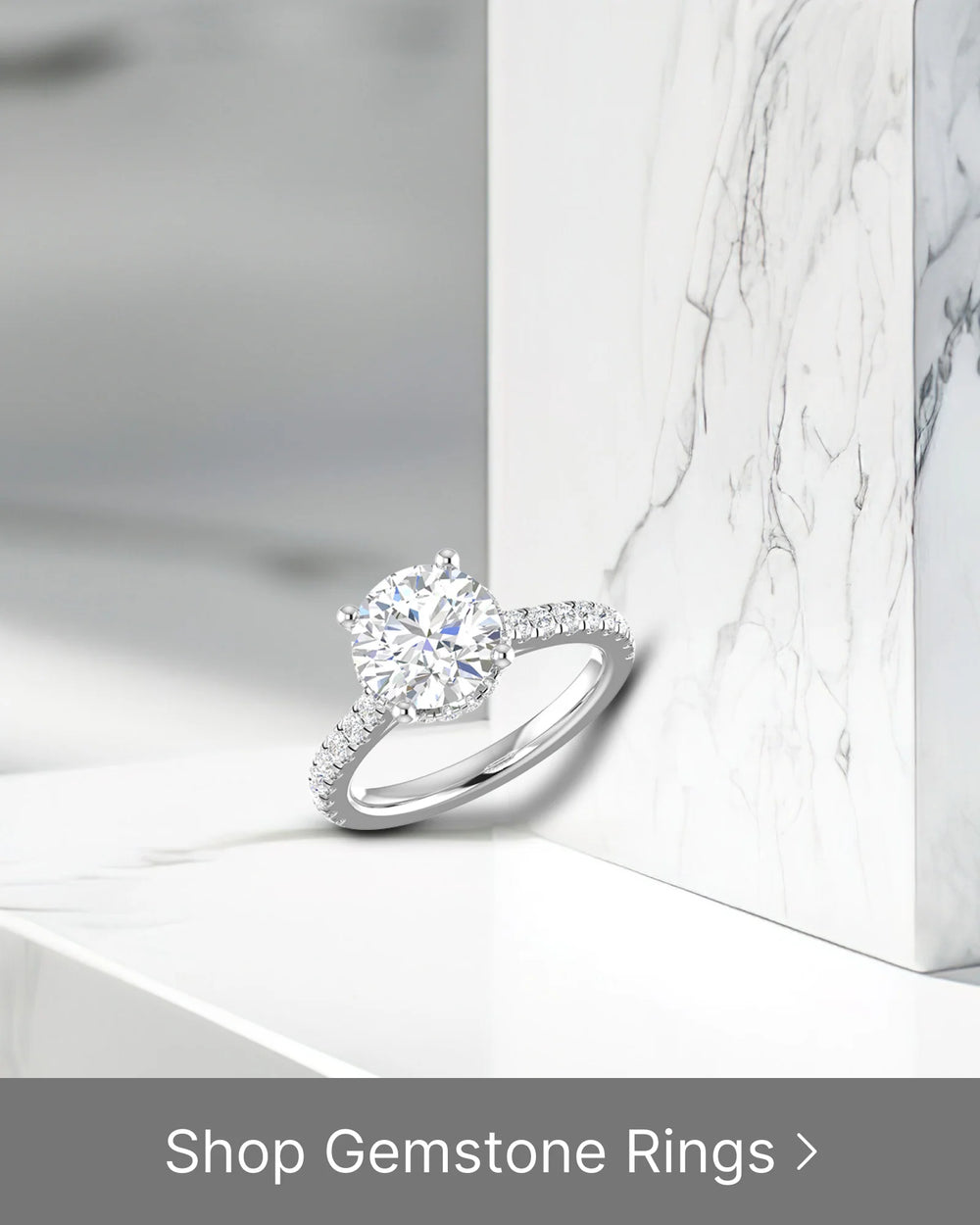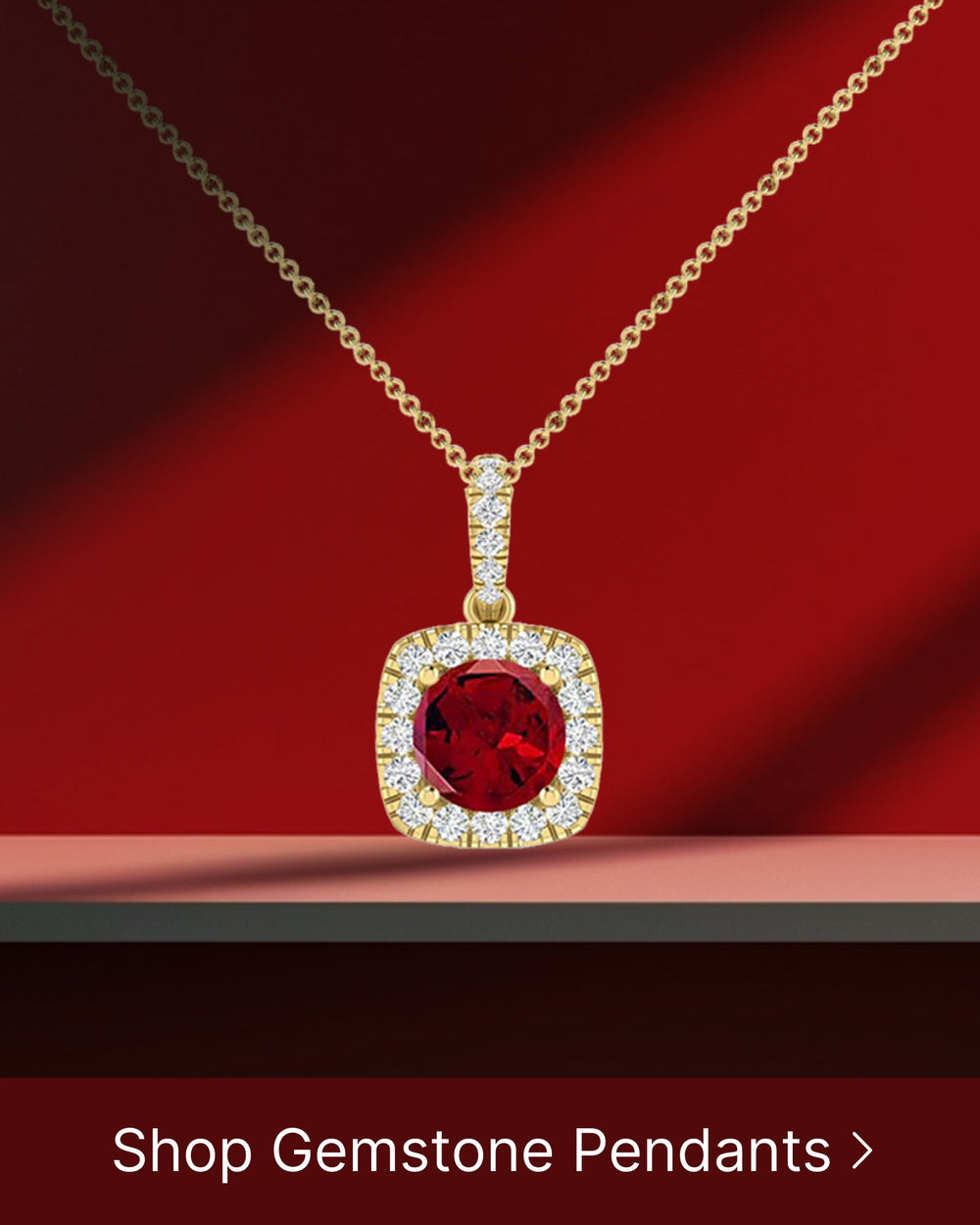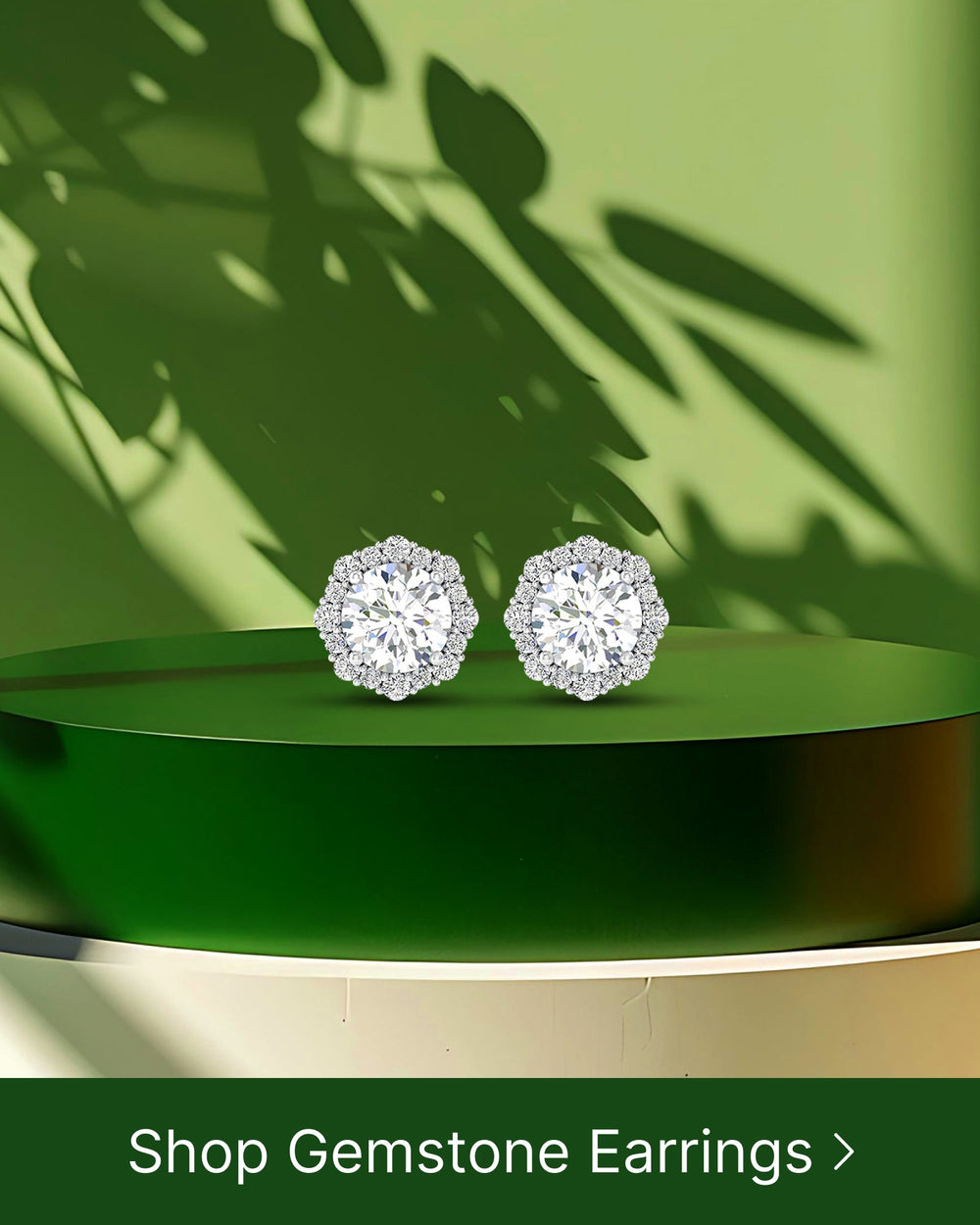When it comes to gemstones, few can rival the ethereal beauty and delicate hues of Morganite and Rose Quartz. These gemstones are often adored for their soft, romantic colors and their mystical properties. However, despite their similarities, there are distinct differences that set them apart. In this article, we will delve into the unique characteristics, crystal structures, color differences, hardness and durability, as well as the healing properties and symbolism of Morganite and Rose Quartz. By exploring these aspects, we hope to shed light on the distinct qualities that make each stone truly special.
Understanding the Basics: Morganite and Rose Quartz
Morganite and Rose Quartz are two gemstones that belong to the same family of minerals, known as the Beryl family. Beryl is a mineral composed of beryllium aluminum cyclosilicate, and it comes in several different varieties, including the mesmerizing green emerald and the deep blue aquamarine. However, Morganite stands out with its delicate pale pink to peachy color, while Rose Quartz exhibits a soft, translucent pink hue.
Defining Morganite: Origin and Characteristics
Morganite derives its name from J.P. Morgan, the American banker and gem enthusiast who played a significant role in promoting gemstone mining in the early 20th century. This enchanting stone is often found in Brazil, Afghanistan, and Madagascar. It is known for its excellent transparency, ranging from a pale pink to an intense peach color. Morganite is also characterized by its brilliance and exquisite luster, which adds to its allure.
When it comes to the metaphysical properties of Morganite, it is believed to be a stone of divine love and compassion. It is said to open and heal the heart, promoting self-love and nurturing relationships. Morganite is also thought to attract and maintain love, making it a popular choice for engagement rings and anniversary gifts.
In addition to its spiritual and emotional benefits, Morganite is also valued for its physical properties. It has a hardness of 7.5 to 8 on the Mohs scale, making it a durable gemstone suitable for everyday wear. Its color is often enhanced by heat treatment, which can deepen the pink hues and improve the stone's overall appearance.
Defining Rose Quartz: Origin and Characteristics
On the other hand, Rose Quartz gets its name from its delicate pink color. It has been prized for centuries for its association with love and healing. Rose Quartz can be found in several locations around the world, including Brazil, South Africa, and the United States. The stone is often characterized by its beautiful, translucent appearance and smooth texture, making it extremely popular in jewelry making.
According to ancient legends, Rose Quartz was believed to be created by the Greek god of love, Eros, as a gift of love to humans. It is considered a stone of unconditional love and infinite peace, promoting compassion and forgiveness. Rose Quartz is often used in meditation and energy healing practices to balance the heart chakra and enhance emotional well-being.
From a physical perspective, Rose Quartz is known for its soothing and calming properties. It is believed to help reduce stress and anxiety, promote restful sleep, and enhance overall vitality. Its gentle energy is said to have a harmonizing effect on the body and mind, making it a popular choice for those seeking emotional healing and inner peace.
Both Morganite and Rose Quartz are captivating gemstones with their unique colors and metaphysical properties. Whether you're drawn to the delicate pink hues of Morganite or the soft, translucent beauty of Rose Quartz, these gemstones offer a touch of elegance and meaning to any piece of jewelry.
The Crystal Structure: Morganite vs. Rose Quartz
The crystal structure of a gemstone significantly impacts its physical properties and visual appeal. Morganite and Rose Quartz possess unique crystal structures that contribute to their distinct characteristics.
The Unique Crystal Structure of Morganite
Morganite crystallizes in the hexagonal system, forming prismatic crystals with flat, diamond-shaped terminations. These crystals can display various sizes, from small grains to large gem-quality stones. The crystal structure of Morganite allows it to exhibit an excellent clarity, making it a highly valued gemstone for both collectors and jewelers.
Furthermore, the hexagonal crystal structure of Morganite gives it exceptional durability. This gemstone is known for its resistance to scratches and abrasions, making it suitable for everyday wear. The tightly packed arrangement of atoms within the crystal lattice contributes to its strength and resilience, ensuring that Morganite can withstand the test of time.
In addition to its physical properties, the crystal structure of Morganite also influences its color. The presence of trace elements, such as manganese, in the crystal lattice gives Morganite its signature pink hue. The arrangement of atoms within the crystal lattice affects how light interacts with the gemstone, resulting in its captivating coloration.
The Unique Crystal Structure of Rose Quartz
Rose Quartz, on the other hand, crystallizes in the trigonal system, forming hexagonal prisms with pyramid-shaped terminations. The crystal structure of Rose Quartz contributes to its delicate pink color and its ability to transmit light with a soft, radiant glow. This unique crystal structure is what lends Rose Quartz its captivating beauty and mystical allure.
Moreover, the trigonal crystal structure of Rose Quartz gives it a unique optical property known as asterism. When properly cut and polished, Rose Quartz can exhibit a phenomenon called "star rose quartz," where a six-rayed star appears to float across the surface of the gemstone. This optical effect adds an enchanting touch to the already mesmerizing beauty of Rose Quartz.
Additionally, the crystal structure of Rose Quartz influences its metaphysical properties. This gemstone is believed to possess healing energies and promote feelings of love, compassion, and emotional healing. The intricate arrangement of atoms within the crystal lattice is thought to enhance the flow of positive energy, making Rose Quartz a popular choice for those seeking emotional balance and harmony.
In conclusion, the crystal structures of Morganite and Rose Quartz play a crucial role in shaping their physical properties, visual appeal, and metaphysical attributes. Understanding the unique characteristics imparted by their crystal structures allows us to appreciate the beauty and significance of these gemstones even more.
Color Differences: Morganite and Rose Quartz
One of the most noticeable differences between Morganite and Rose Quartz lies in their color spectrum. Although both gemstones belong to the pink family, their hues and intensities vary.
The Color Spectrum of Morganite
Morganite exhibits a range of colors, from delicate pale pinks to vibrant peachy tones. This diverse palette is owed to the presence of traces of manganese within the crystal structure. The intensity of the color can vary, with some Morganite gemstones displaying a delicate blush, while others exhibit a more intense peachy hue. The captivating color range of Morganite offers versatility for jewelry designs and personal preferences.
The Color Spectrum of Rose Quartz
Rose Quartz is renowned for its delicate, blush-pink color, often described as the color of unconditional love. The stone's pastel hue is due to traces of titanium, iron, or manganese impurities. The color of Rose Quartz can range from a pale, translucent pink to a deeper, more saturated rosy shade. Its gentle and soothing color makes it highly sought after for both decorative and healing purposes.
Hardness and Durability: A Comparative Analysis
The durability of gemstones is an important consideration, especially when used in jewelry. Let us examine the hardness and durability of Morganite and Rose Quartz to understand their suitability for different purposes.
Evaluating Morganite's Hardness and Durability
Morganite has a hardness rating of 7.5 to 8 on the Mohs scale, making it relatively durable for everyday wear. However, like all gemstones, it is still susceptible to scratches and chipping if not handled with care. Morganite's durability is enhanced by its excellent transparency, which allows it to withstand the rigors of wearing and cleaning.
Evaluating Rose Quartz's Hardness and Durability
Rose Quartz has a hardness rating of 7 on the Mohs scale, indicating good durability suitable for jewelry. However, due to its slightly lower hardness compared to Morganite, Rose Quartz may be more prone to scratches and abrasions. It is recommended to protect Rose Quartz jewelry from hard impacts and harsh chemicals to maintain its natural beauty.
Healing Properties and Symbolism
Beyond their aesthetic appeal, both Morganite and Rose Quartz are believed to possess healing properties and symbolism that have captivated humans for centuries.
The Healing Properties and Symbolism of Morganite
Morganite is linked with emotional healing and love. It is said to resonate with the heart chakra, promoting compassion, empathy, and self-love. This gentle gemstone is believed to bring harmony and balance to relationships, aiding in the healing of past wounds and traumas. Furthermore, Morganite is associated with feelings of calmness, relaxation, and reducing stress, making it a popular choice for meditative practices.
The Healing Properties and Symbolism of Rose Quartz
Rose Quartz, known as the stone of unconditional love, is renowned for its ability to open the heart to love and foster deep emotional healing. It is believed to promote self-acceptance, forgiveness, and compassion. Rose Quartz is also associated with calming energy, helping to alleviate stress, anxiety, and promote inner peace and harmony. Many consider Rose Quartz as a symbol of love and tenderness, making it a cherished gift for loved ones.
In conclusion, while Morganite and Rose Quartz may share some similarities, they have distinct characteristics that make each gemstone unique. From their origin and crystal structures to their color spectrums and healing properties, these gemstones possess individual allure and symbolism that resonates with different individuals. Whether you are drawn to the delicate peachy shades of Morganite or the soft, pastel pink hues of Rose Quartz, both gemstones offer timeless beauty and a touch of magic to those who wear them.






